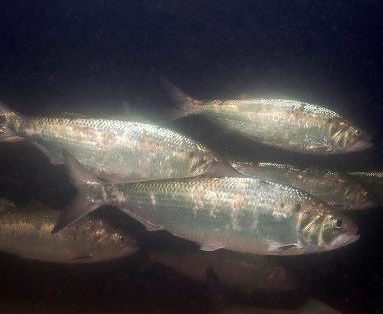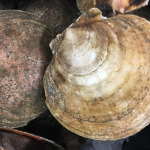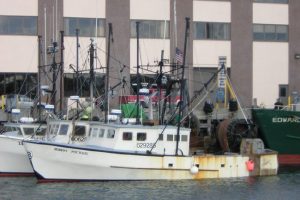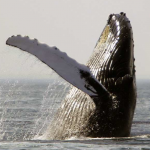Shad: Following the history and biology of a East Coast transplant
 Shad were one of the largest commercial fisheries in the East during the 19th century, but overharvesting and heavy pollution prior to the environmental enlightenment of the 1970s saw the population drop faster than heavy shad dart in a slow current. Commercial harvests on the East Coast declined from nearly 20 million pounds in the 1870s to less than 2 million a hundred years later. In 1871, forward-thinking individuals at the United States Fish and Wildlife Service decided to transport shad from New York’s Hudson River to the Sacramento River in California’s Central Valley. The reasoning for this move was, in part, to add commercial and sport fisheries, as well as add another plentiful food source to the quickly swelling population of a post-Gold Rush California. Read the story here 08:41
Shad were one of the largest commercial fisheries in the East during the 19th century, but overharvesting and heavy pollution prior to the environmental enlightenment of the 1970s saw the population drop faster than heavy shad dart in a slow current. Commercial harvests on the East Coast declined from nearly 20 million pounds in the 1870s to less than 2 million a hundred years later. In 1871, forward-thinking individuals at the United States Fish and Wildlife Service decided to transport shad from New York’s Hudson River to the Sacramento River in California’s Central Valley. The reasoning for this move was, in part, to add commercial and sport fisheries, as well as add another plentiful food source to the quickly swelling population of a post-Gold Rush California. Read the story here 08:41
















































Leave a Reply